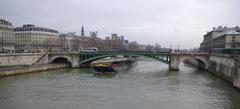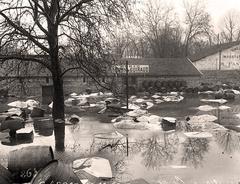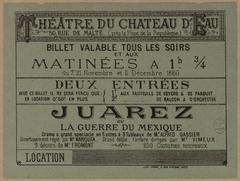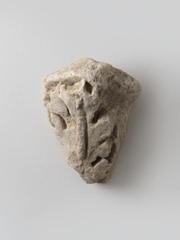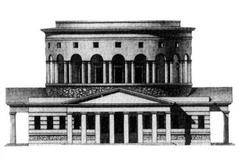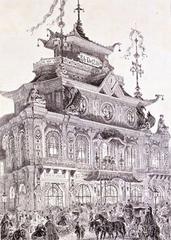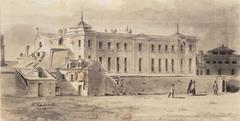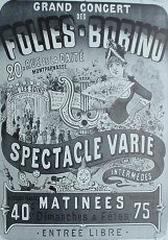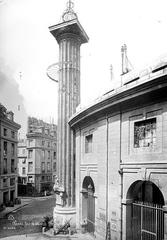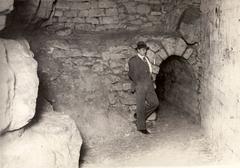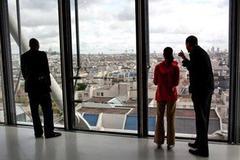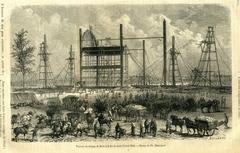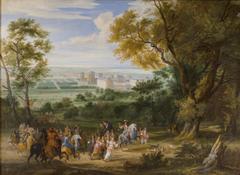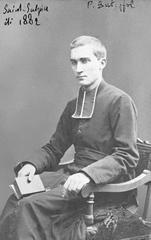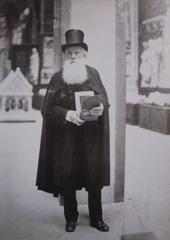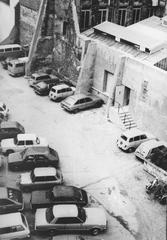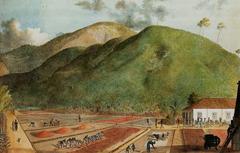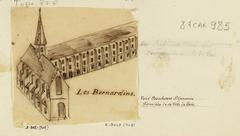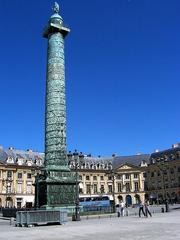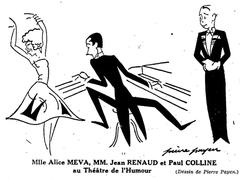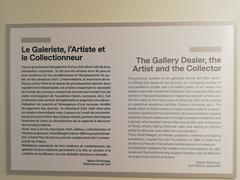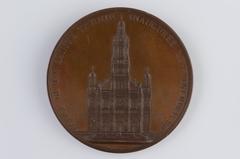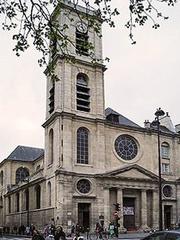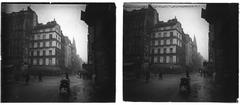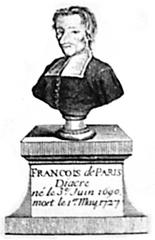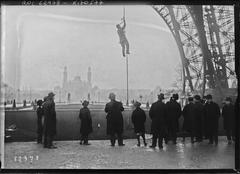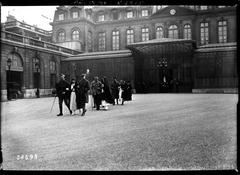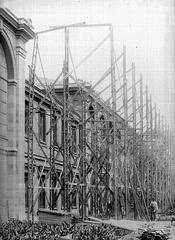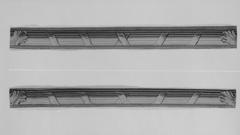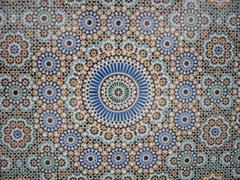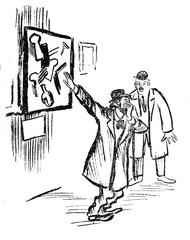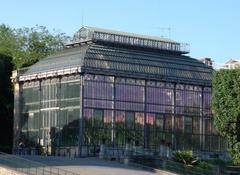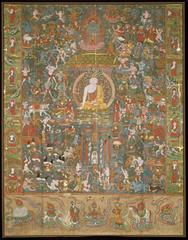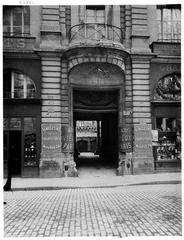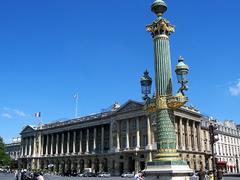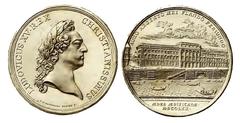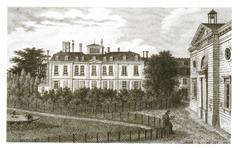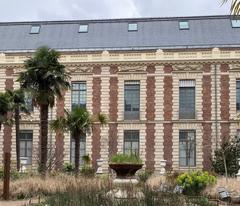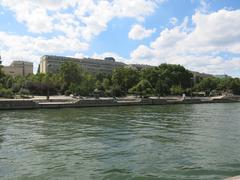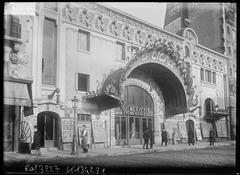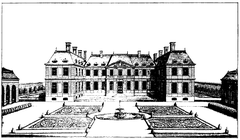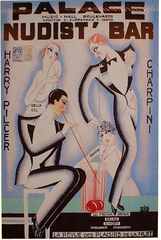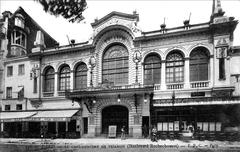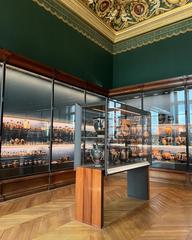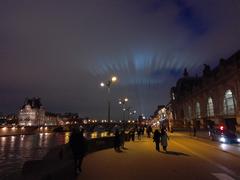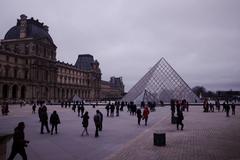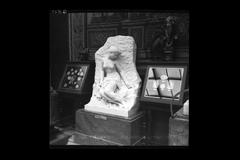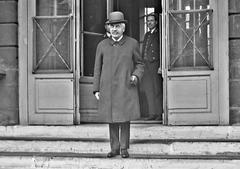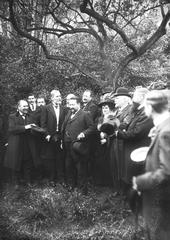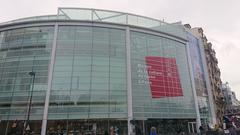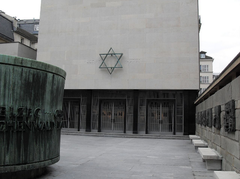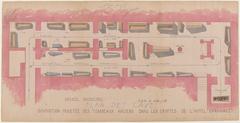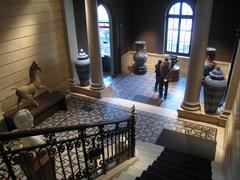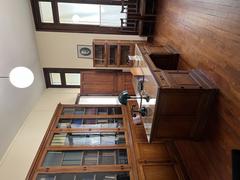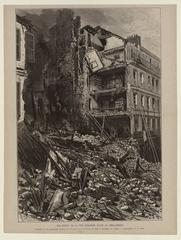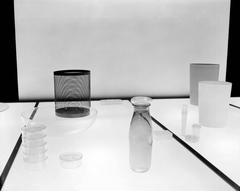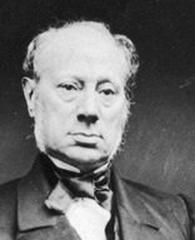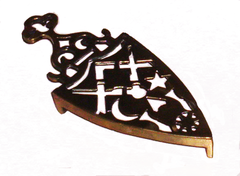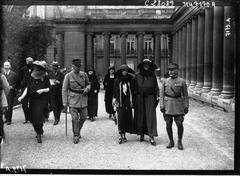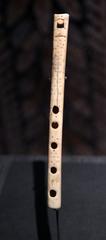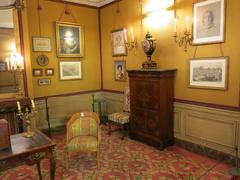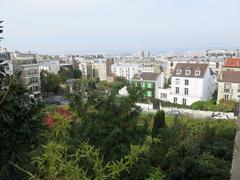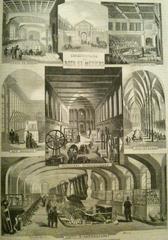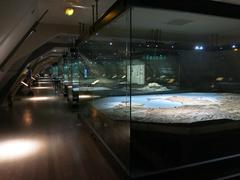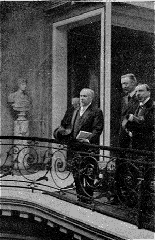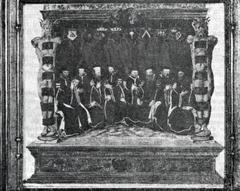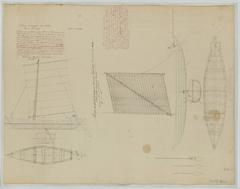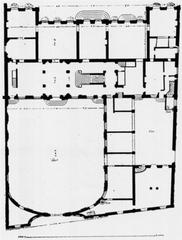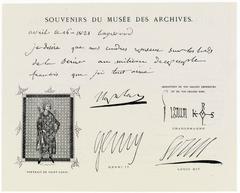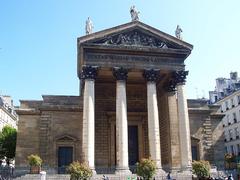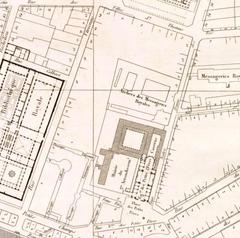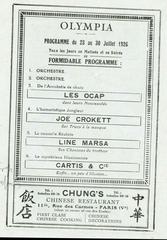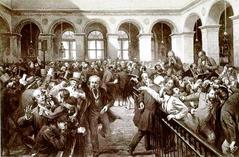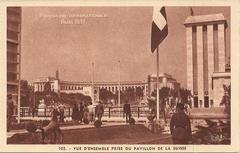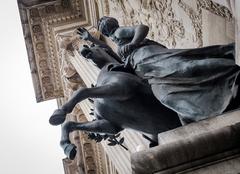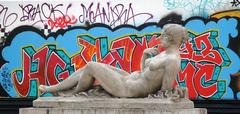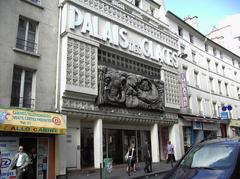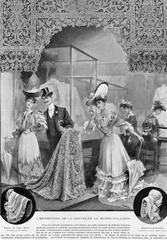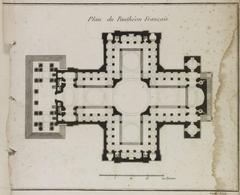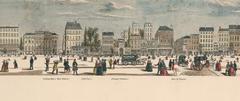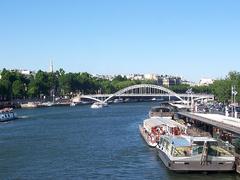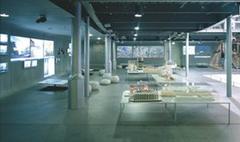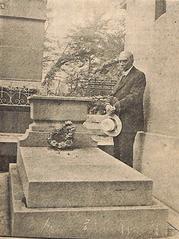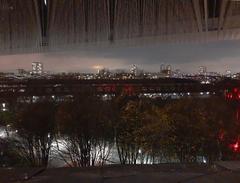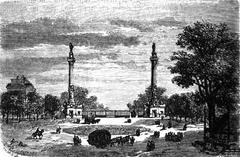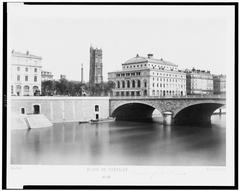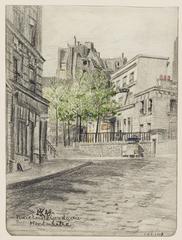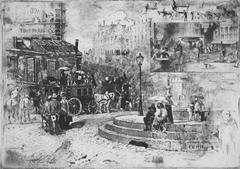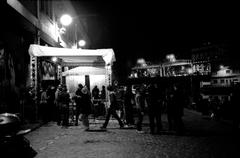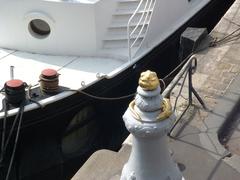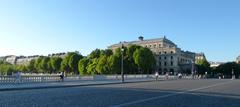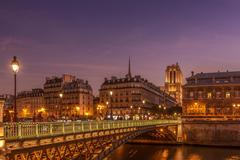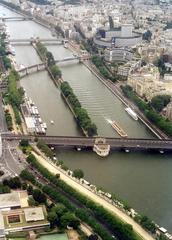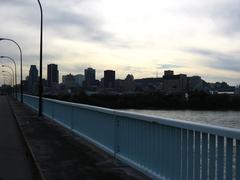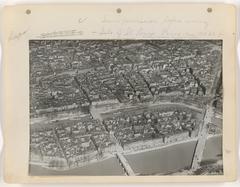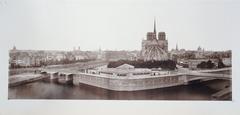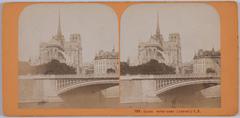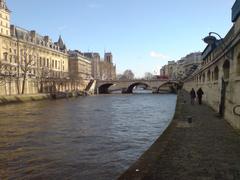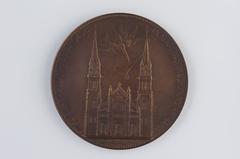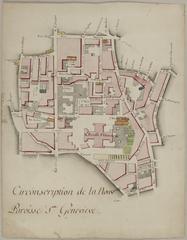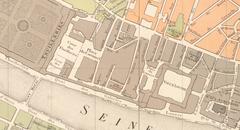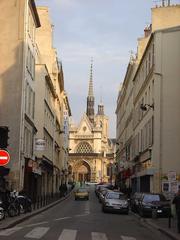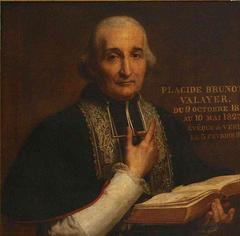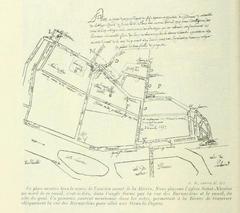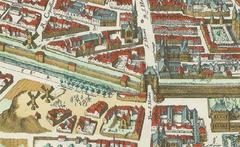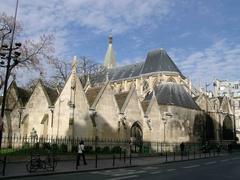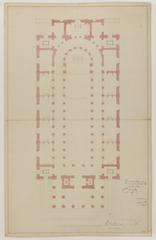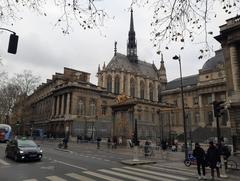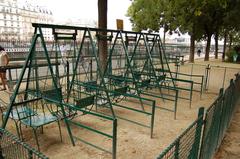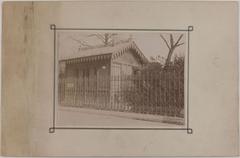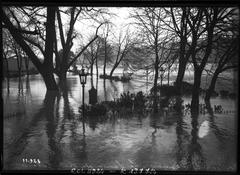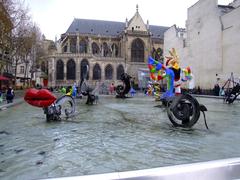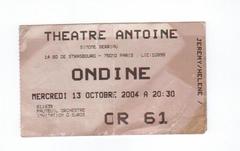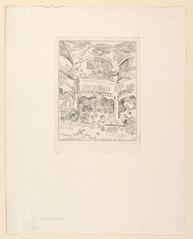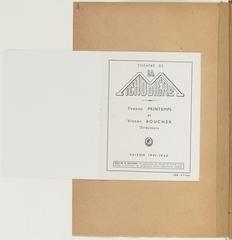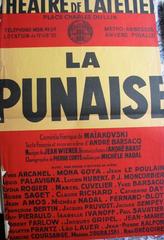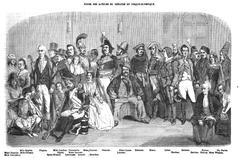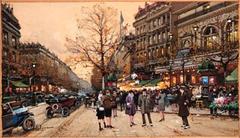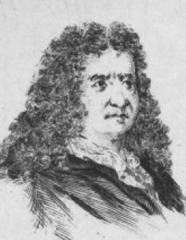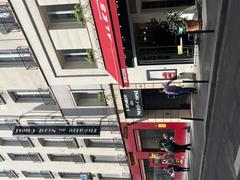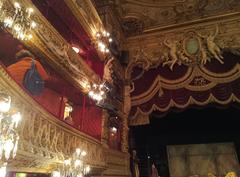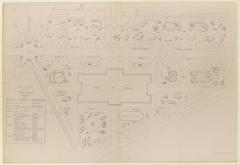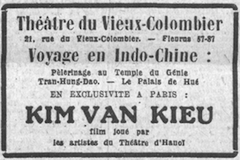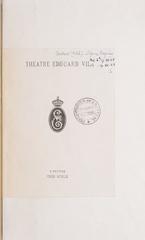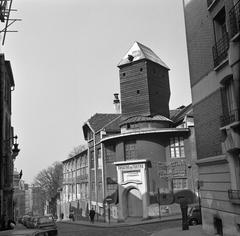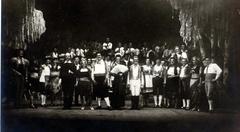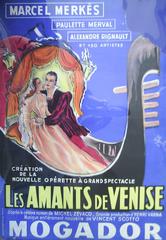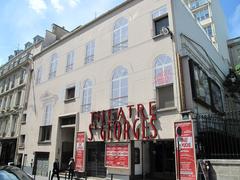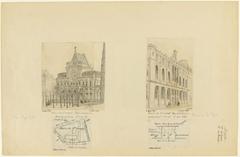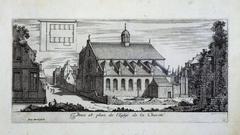
Pont Notre-Dame: Visiting Hours, Tickets, and Historical Significance
Date: 24/07/2024
Introduction
Pont Notre-Dame is one of Paris’s most historically rich and architecturally significant bridges, connecting the Île de la Cité to the Right Bank of the Seine River. The origins of this iconic structure date back to the 3rd century BC, when the Celtic tribe Parisii established wooden footbridges to connect their fortress, Lutetia, with the surrounding banks (Travel France Online). Over the centuries, the bridge underwent numerous reconstructions and transformations, reflecting the broader architectural and urban development trends of Paris. From its Roman enhancements to its medieval challenges and Renaissance innovations, Pont Notre-Dame has been a vital artery in the city’s growth and a witness to its turbulent history. Today, it stands as a testament to Paris’s enduring spirit, offering visitors an opportunity to traverse a piece of living history while enjoying some of the city’s most picturesque views. Whether you’re a history enthusiast, a photography buff, or simply a traveler looking to soak in the beauty of Paris, Pont Notre-Dame provides a compelling narrative that captures the essence of this timeless city. For those planning to visit, the bridge is easily accessible via the Cité metro station on Line 4 and offers a unique vantage point to explore nearby landmarks such as the Notre-Dame Cathedral and Sainte-Chapelle (Travel France Online).
Table of Contents
- Exploring Pont Notre-Dame - History, Visiting Hours, and Travel Tips
Exploring Pont Notre-Dame - History, Visiting Hours, and Travel Tips
Early History of Pont Notre-Dame
Early Beginnings and Roman Influence
The origins of the Pont Notre-Dame trace back to the 3rd century BC when the Celtic tribe Parisii established their fortress, Lutetia, on the Île de la Cité. They constructed wooden footbridges to link the island with the left and right banks of the Seine (Travel France Online). The Pont Notre-Dame, initially known as the Grand Pont, spanned the wider arm of the river, while the Petit Pont crossed the smaller arm.
When the Romans conquered France around 2000 years ago, they elevated Lutetia to the administrative center of the northern region and enhanced the footbridges into more durable wooden structures. The Romans aligned the Pont Notre-Dame with their Cardo, a crucial north-south thoroughfare, which today corresponds to Rue Saint-Martin and Rue Saint-Jacques, traversing the island via Rue de la Cité (Travel France Online).
Medieval Transformations and Challenges
During the tumultuous 9th century, the Norsemen besieged the city, resulting in the burning of both the Pont Notre-Dame and the Petit Pont. After the departure of the invaders, Parisians improvised a crossing over the marshy and wider arm of the Seine with a makeshift structure made of wooden planks. This temporary footbridge earned the name “Planches de mi-bray,” derived from “emmi le brai,” meaning “in the middle of the marsh or mud.” Over time, it became known as the “Planches de Milbray” (Travel France Online).
Tragically, the floods of 1406 swept away the Planches de Milbray. In 1419, the Pont Notre-Dame replaced this makeshift structure. However, this new wooden bridge met a disastrous fate when it collapsed on October 25, 1499, under the weight of its two rows of houses (Travel France Online).
Renaissance and Architectural Innovations
In 1507, a stone bridge took its place, featuring two rows of 30 stone houses with shops at street level—this marked the introduction of street numbers, a novelty for Paris. The bridge’s direct connection to Rue Saint-Martin made it a significant thoroughfare, linking Paris to the north of France through the prestigious abbeys of St-Martin-des-Champs and St-Denis (Travel France Online).
Rue Saint-Martin gained further prominence in 1660 when it was beautified for the visit of Marie-Therese of Spain, the future wife of Louis XIV. Consequently, the Pont Notre-Dame area became one of the most fashionable districts in Paris (Travel France Online).
18th Century Reconstruction and Modernization
In the 18th century, the bridge underwent reconstruction on the same foundations, but the houses were omitted due to concerns about compromising the structure’s stability. However, even this revised five-arch bridge eventually faced demolition due to its involvement in numerous river accidents (Travel France Online).
Engineer Jean Résal spearheaded the construction of the present-day bridge, measuring 105 meters in length and 20 meters in width. In 1919, President Raymond Poincaré presided over its inauguration. The bridge features a central metal arch flanked by two smaller stone arches. Sculpted heads of Dionysus embellish each arch, and ram’s heads each pillar (Travel France Online).
Cultural and Historical Significance
The Pont Notre-Dame holds a significant place in Paris’s history, connecting the Île de la Cité to Rue Saint-Martin on the Right Bank. As one of the city’s oldest bridges, its origins trace back to the early establishment of Paris and its development through various historical periods (Travel France Online).
The bridge’s evolution from a wooden footbridge to a stone structure with houses, and finally to its current form, reflects the broader architectural and urban development trends in Paris. Its alignment with major thoroughfares and its role in connecting key parts of the city underscore its importance in the urban fabric of Paris (Travel France Online).
Visitor Tips, Tickets, and Practical Information
For those planning to visit the Pont Notre-Dame, it is easily accessible via the Cité metro station on Line 4. The coordinates for the bridge are Lat 48.855876 – Long 2.348553 (Travel France Online). Visitors can enjoy the architectural details of the bridge, including the sculpted heads of Dionysus and the ram’s heads on each pillar.
Currently, there is no entrance fee to visit the Pont Notre-Dame itself. However, check for any special events or guided tours that might have associated costs. The bridge is open to visitors at all times, although guided tours typically run during daylight hours.
Exploring Nearby Paris Historical Sites
Given its central location, the Pont Notre-Dame offers a convenient starting point for exploring other historical and cultural landmarks in Paris, such as the Notre-Dame Cathedral, the Sainte Chapelle, and the various districts of the Île de la Cité (Travel France Online). Photographers will find numerous spots along the Seine and the bridge itself to capture stunning views of Paris.
Conclusion
In summary, the Pont Notre-Dame is not just a bridge but a testament to the rich history and architectural evolution of Paris. Its significance extends beyond its functional role, embodying the historical and cultural transformations that have shaped the city over centuries. Visitors are encouraged to explore this iconic landmark and delve deeper into the fascinating history that surrounds it.
FAQ
Q: What are the visiting hours for Pont Notre-Dame?
A: The bridge is open to visitors at all times. Guided tours and special events may have specific timings.
Q: Is there an entrance fee to visit Pont Notre-Dame?
A: No, there is no entrance fee to visit the bridge itself.
Q: How can I get to Pont Notre-Dame?
A: The bridge is easily accessible via the Cité metro station on Line 4.
Q: Are there guided tours available?
A: Yes, guided tours are available and typically run during daylight hours. Check local listings for more details.
Call to Action
Download the Audiala mobile app for more travel guides and updates. Check out our other related posts and follow us on social media for more insights into Paris’s historical sites.
Conclusion
Pont Notre-Dame is far more than a mere crossing over the Seine; it is a symbol of Paris’s rich historical tapestry and architectural evolution. From its early beginnings as a wooden footbridge constructed by the Celtic tribe Parisii to its current form designed by engineers Jean Résal and Amédée Alby in the early 20th century, the bridge has undergone numerous transformations that mirror the broader changes in Paris itself (Travel France Online). Its significance extends beyond its structural role, embodying the cultural and historical milestones that have shaped Paris over centuries. Today, Pont Notre-Dame remains a vital part of the city’s infrastructure, offering stunning views and serving as a popular spot for both tourists and locals. Visitors are encouraged to explore this iconic landmark, delve into its fascinating history, and appreciate the architectural beauty that has endured through the ages. Whether you’re capturing the perfect photograph, exploring nearby historical sites, or simply enjoying a leisurely stroll, Pont Notre-Dame offers a memorable experience that encapsulates the timeless charm of Paris. For more travel tips and updates, consider downloading the Audiala mobile app and following related posts on social media.
References
- Travel France Online, Pont Notre-Dame Paris Bridge Facts
- Le Monde, Champs-Élysées, Notre-Dame, Louvre: The Olympic Torch’s Route in Paris on Bastille Day
- Loving Travel, Notre-Dame Paris
- The Tour Guy, Top Things to See at Notre-Dame This Year
- Roaming Paris, Best Time to Visit Paris
- Paris Tourist Office
- RATP (Paris Public Transport)
- Notre-Dame de Paris Official Website

